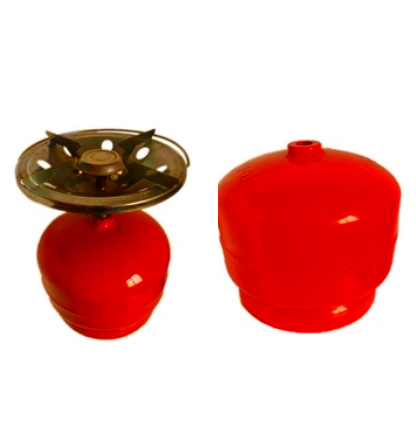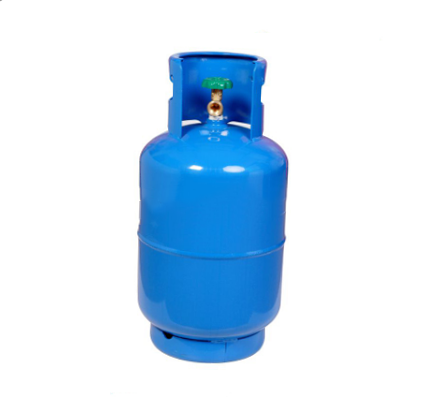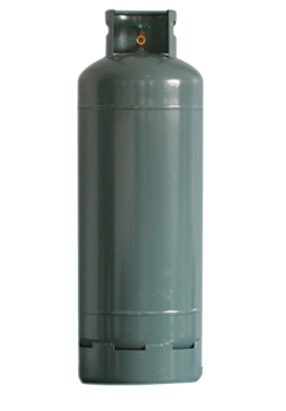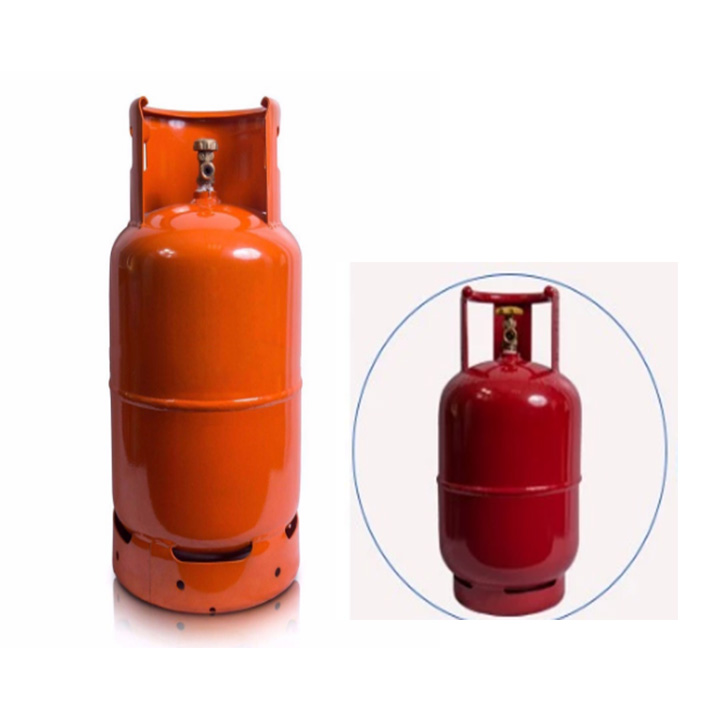
Cooking gas cylinder, according to our understanding, most families in the world use the bottles in the picture to cook, cooking, we provide 5kg, 25kg, 45kg… such a cylinder, affordable, do not miss the wholesale!
What gas is used in cooking cylinder?
Liquefied petroleum gas
Liquefied petroleum gas or liquid crude gas (LPG or disc gas), conjointly brought up as merely gas or alkane series, area unit combustible mixtures of organic compound gases used as fuel in heating appliances, cooking equipment, and vehicles. gas bottles suppliers
How choose Cooking gas cylinder
Cooking gas cylinders may storage options range be 9kg for BBQ, 14.2kg for domestic cooking, or 45kg for domestic LPG.
Cooking High-pressure gas steel cylinders are usually steel or aluminum containers used to source energy store the common LPG gas, propane or butane.
Why does a gas cylinder explode?
in many instances, it is a fireplace or explosion which could be because of leaking LPG basics gasoline that has escaped from a faulty appliance or pipework. The fuel collects in a room or segment of a structure before it ignites. that is no much more likely with bottled gas than with piped-in natural gas. source of energy in many instances it is a fireplace or explosion which could be because of leaking gasoline that has escaped from a faulty appliance or pipework. The traditional fuels fuel collects in a room or segment of a structure before it ignites. that is no much more likely with bottled gas than with piped-in natural gas.
Please feel free to purchase our cylinders. We have 30 years experience in pressure vessel production and high quality.
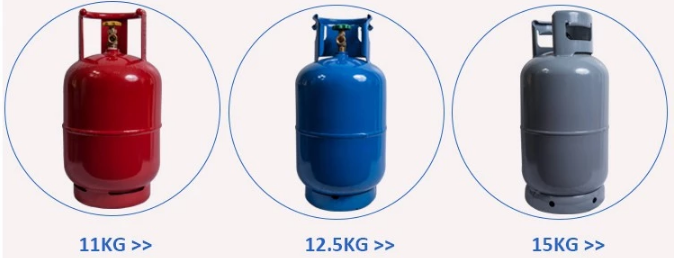
You may like cylinder
acetylene gas oxygen gas cylinder
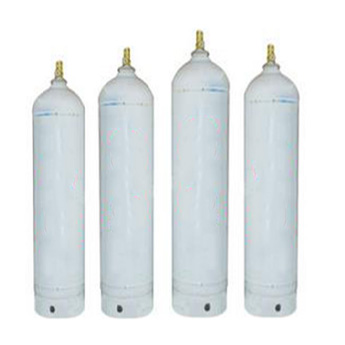
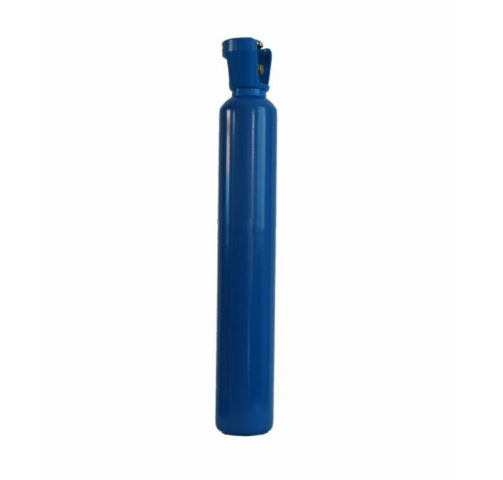
price:$60 -$600 price:$30 -$600
argon gas cylinder co2 cylinder price
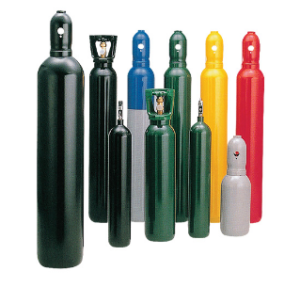
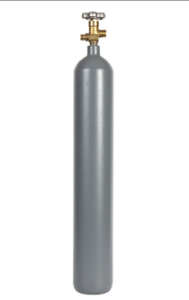
price:$30 -$600 price:$30 -$600
nitrogen gas cylinder helium gas cylinder
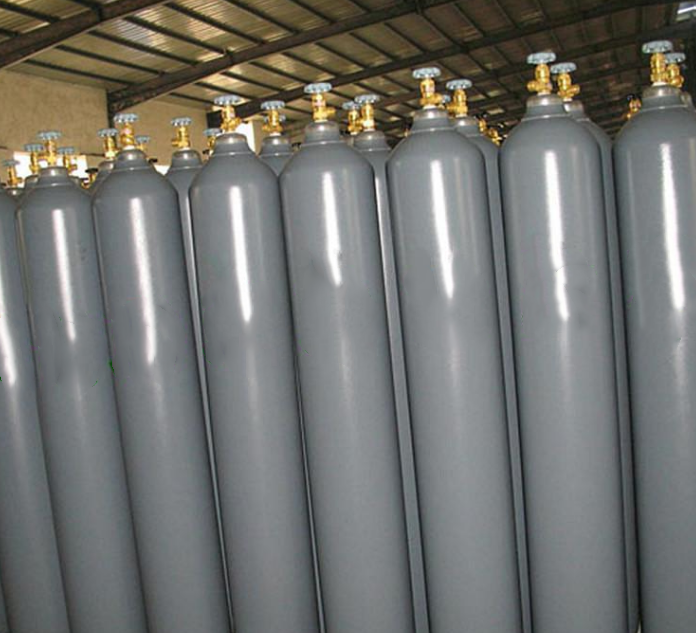
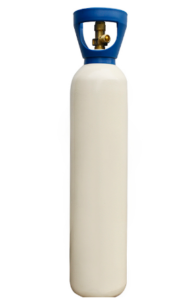
price: $20 – $550 price: $10 – $200

price: $8 – $90 price: $50 – $600
Can a cooking gas cylinder explode?
Propane or LPG tanks are very difficult to explode, even on a deliberate attempt. containment of gases A propane-LPG tank explosion (cylinder explosion) is a very rare event.
How does LPG gas cylinder work?
When boiling, LPG draws heat from the steel walls of LPG cylinders (propane tanks), which in turn draws heat from the surrounding air. When you release some of the pressure in the Varieties of LPG cylinder (propane tank) typical gas cylinder design by turning on the gas device, the LPG liquid boils and returns to gaseous vapor.
Which gas is used in cylinder for cooking?
LPG LPG (liquefied petroleum gas), commonly known as “gas cylinder”, is affordability of use for cooking, heating and lightning. LPG is a colorless and odorless gas.
Cooking
LPG used for cooking in many nations for financial reasons, for convenience or due to the fact it is the preferred gas supply.
Liquefied petroleum gas for cooking needs
In India, almost eight.nine million heaps of LPG was ate up in the six months between April and September 2016 in the home area, for cooking. The wide variety of home connections are 215 million (i.e., one connection for every six humans).with a move of more than 350 million 50kg lpg cylinders.greatest of the LPG need imported.wide variety of uses Piped town gasoline deliver in India isn’t always but evolved on important scale. LPG subsidised by way of the Indian authorities for home users.
What is liquefied petroleum gas?
Liquefied petroleum gas or liquefied petroleum gas (LPG or LP gas), also known as propane or butane, is a flammable mixture of hydrocarbons used as gas fuel in heating appliances, cooking equipment, and vehicles.
It is increasingly used as aerosol propellant and refrigerant to replace chlorofluorocarbons in an effort to reduce ozone layer damage. When specifically used as fuel for vehicles, it is often referred to as rural Type of Gas parts of many countries liquefied petroleum gas.
Purchase and sale of various liquefied petroleum gas
Various liquefied petroleum gases purchased and sold include mainly propane mixtures, most commonly propane and butane mixtures. Mixtures contain more propane in winter in the northern hemisphere and more butane in summer.
In the United States,cooking gas cylinder two grades of liquefied petroleum gas are mainly sold: commercial propane and HD-5. Propane/butane mixtures are also listed in these specifications.
Propylene, butene and various other hydrocarbons are also commonly present in small concentrations. HD-5 will limit the propylene content that can be placed in LPG to 5% and be used as an automatic gas specification.
Strong odorant ethanethiol, easy to detect
A powerful odorant, ethanethiol, was added to make leaks easy to detect. The internationally recognized European standard is EN 589. In the United States, Tetrahydrothiophene (thiophene) or amyl mercaptan are also approved, although they are not currently used.
LPG is prepared by refining oil or “wet” natural gas, almost entirely from fossil fuel sources, and is manufactured energy content during oil (crude oil) refining or extracted when it is discharged from the ground from oil or natural gas flows.
It was first produced by Dr. Walter Snelling in 1910, and the first commercial products appeared in 1912. It currently provides about 3% of energy consumption,cooking gas cylinder relatively clean combustion, smokeless ash, and very little sulfur emissions. Because it is a kind of gas, it will not cause harm of ground or water pollution, but it will cause air pollution. LPG has a typical specific calorific value of 46.1 MJ/kg, while fuel oil is 42.5 MJ/kg and gasoline (gasoline) is 43.5 MJ/kg.
Energy
However, the energy density of 26 MJ/L per unit volume is lower than that of gasoline or fuel oil because its relative density is lower (about 0.5-0.58 kg/L, compared with 0.71-0.77 kg/L for gasoline).
Because its boiling point is lower than room temperature, LPG will be supplied to the steel container under normal and rapid evaporation temperature and pressure, usually under pressure. They are usually filled to 80-85% of their capacity to allow the thermal expansion of the liquid contained. The volume ratio of vaporized gas to liquefied gas varies according to composition, pressure and temperature, but is usually about 250:1.
The pressure at which LPG becomes liquid, called vapor pressure, also varies according to composition and temperature. For example, pure butane is about 220 kPa (32 pounds/square inch) at a temperature of 20 degrees C (68 degrees F) and pure propane is about 2,200 kPa (320 psi) at 55 degrees C (131 degrees F).
Unlike natural gas, liquefied petroleum gas (LPG) is heavier than air, so it flows along the floor and tends to settle in low locations, such as basements. There are two main dangers. If the mixture of LPG and air is within the explosion limit and has some source of fire, the first may be explosion. The second is the asphyxia caused by LPG replacement of air, which leads to the decrease of oxygen concentration.
“Complete” LPG cylinders contain 85% liquid, and the free margin will contain vapor whose pressure varies with temperature.
Cooking
For economic reasons, LPG is used in cooking in many countries for convenience or because it is the preferred fuel source.
In India, in the six months from April to September 2016, the domestic sector consumed nearly 8.9 million tons of liquefied petroleum gas, mainly for cooking. The number of domestic connections is 215 million (i.e. one connection per six persons), and the circulation volume is more than 350 million LPG cylinders. Most LPG requirements are imported.
Pipeline city gas supply in India
India’s pipeline city gas supply has not yet been developed on a large scale. LPG is subsidized by the Indian government for domestic users. The rise in liquefied petroleum gas (LPG) prices has been a politically sensitive issue in India, as it may affect the voting patterns of the middle class.
LPG used to be Hong Kong’s standard cooking fuel; however, the expansion of urban gas to new buildings has reduced LPG consumption to less than 24% of residential units. However, in addition to electric, induction or infrared furnaces, liquefied petroleum gas (LPG) fuel furnaces are the only type of furnaces in most suburban villages and many public houses.
The most common cooking fuel in Brazilian urban areas
LPG is the most common cooking fuel in Brazilian urban areas, and is used by almost all households except Rio de Janeiro and Sao Paulo, which have natural cooking gas cylinder pipeline infrastructure. Since 2001, poor families have received a government subsidy (“ValeGs”) dedicated to LPG acquisition. Since 2003, the grant has been part of the Government’s main social welfare scheme (“Bolsa Famlia”). In addition, since 2005, Petrobras, the state oil company, has distinguished between LPG for cooking and LPG for other purposes, introducing lower prices for the former. This is the result of a directive from the Federal Government of Brazil, but its demise is currently under debate.
Factors affecting the price of liquefied petroleum gas
boom in LPG prices has been a touchy count in India as it influences the center magnificence voting sample.
LPG was as soon as a trendy cooking fuel in Hong Kong. but, the continued expansion of metropolis gasoline to newer buildings has reduced LPG use to less than 24% of residential devices. other than electric powered, induction, or infrared stoves.
CNG and LPG Used in Household Gas Cylinders
Because of the low energy capacity of the CNG cylinder, the frequency of replacement is more than twice.
This means inconvenience in checking CNG cylinders and more frequent underground orders.
The landlord must also bear the extra freight.
This may be due to additional delivery and increased weight.
This is because high-pressure CNG cylinders weigh more than twice as much.
For example, an empty 45kg LPG cylinder weighs only about 35kg.
The empty CNG cylinder with comparable volume is about 108 kg.
Therefore, when comparing air cylinders, CNG cylinders weigh three times as much. CNG Tank
This also makes it impossible to increase the cylinder size to maintain the same energy.
For exchange purposes, the cylinder is too big and too heavy to transport.
Higher cylinder leasing is also possible because heavier CNG cylinders cost more.
Finally, the equipment for filling CNG cylinders is expensive – far more than LPG.
Suppliers need to offset these higher cooking gas cylinder costs.
Energy density and pressure will affect the comparability and cheapness of use.
Natural gas infrastructure
LPG-fueled stoves are the simplest kind to be had in largest suburban villages and plenty of public housing estates.
LPG is the most commonplace cooking gas in Brazilian city areas, used in all families.excluding the towns of Rio de Janeiro and São Paulo, which have a gas gasoline pipeline infrastructure.
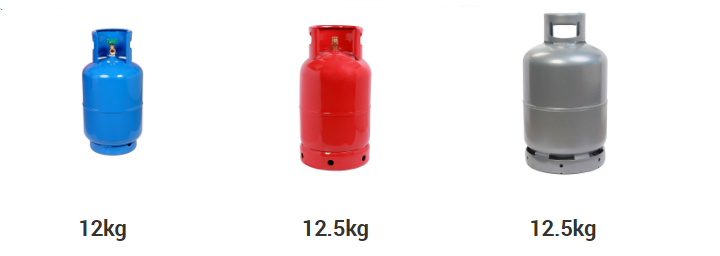
LPG
Liquefied Petroleum gas includes propane, propylene, butane, and butylene in a number of combinations. it’s miles absolutely odorless. LPG is crafted from refining petroleum or natural fuel.
The supply is in most cases restricted to fossil gasoline sources. they’re also extracted from petroleum or herbal fuel streams. The fuel is stored liquid by way of the usage of stress and is transported thru pressurized metal vessels.
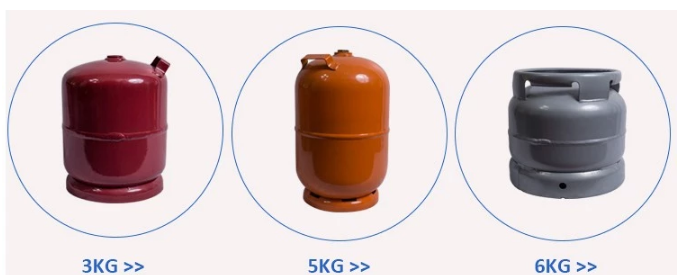
LPG the odor
LPG gas is basically propane and butane, and it is odorless in its natural nation. The odor which you observe when there’s a leak is absolutely of an entirely one of a kind agent, called Ethyl Mercaptan. This substance is added to the fuel whilst it leaves the primary storage terminals.
Ethyl Mercaptan, ethanethiol is a clear colorless liquid. It has an overpowering stench. Its vapors can worsen the nostril and mouth. it is able to even be lethal if swallowed or upon inhalation. however, the amount brought to the LPG gas cylinder for cooking is safe and does no longer motive any issues.
Liquefied petroleum gas hazard
As we all know, LPG is very risky, because if it leaks, it is able to motive horrible fires and devastating explosions. To avoid this, Ethyl Mercaptan is delivered to the gas, which possesses that robust scent of rotten cabbages.
This scent helps us stumble on whilst there is a leak, which surely makes quite a few experience from a safety and protection attitude. In fact, a few humans really talk over with the manner of including this foul-smelling substance as “stenching”.
basically, it’s on your very own appropriate, so don’t complain subsequent time you smell a piece of that scent on your kitchen.
Cooking gas cylinder Youtube video
LPG Cylinder Works
LPG is stored underneath pressure, as a liquid, in an LPG bottle.
LPG gases can all be compressed into liquid at relatively low pressures.
LPG liquid boils and turns back into gas vapour when you launch some of the pressure within the gas bottle through turning in your gas appliance.
LPG is typically saved, as a liquid, in steel vessels starting from small BBQ gasoline bottles to large fuel cylinders and garage tanks.
almost all the makes use of for LPG contain using the gasoline vapour, no longer the liquefied gas
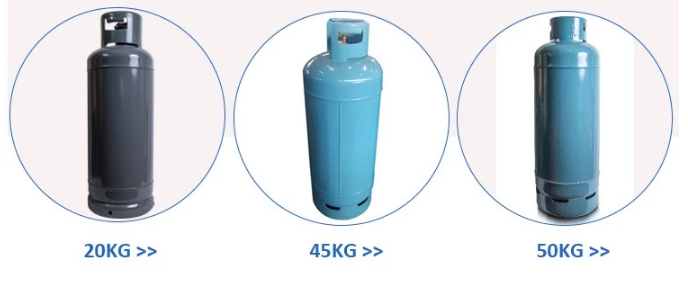
How do LPG cylinders work?
LPG is stored in cylinders as a liquid under pressure.
LPG gases can be compressed into liquids at relatively low pressures.
When you release some pressure from the cylinder by opening the gas equipment, the LPG liquid boils and returns to the cooking gas cylinder vapor.
You may like:

